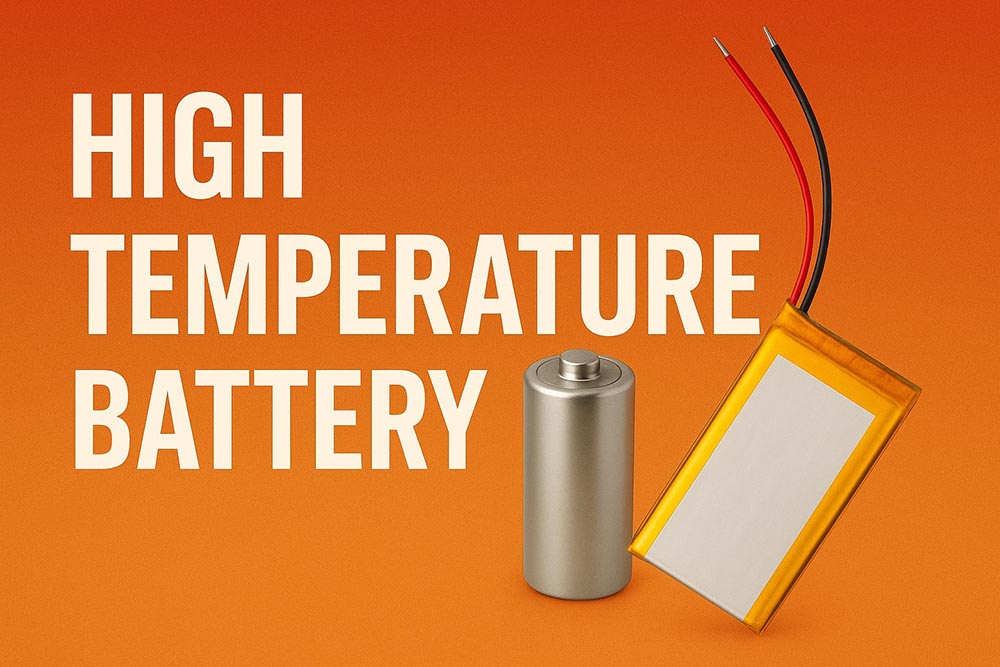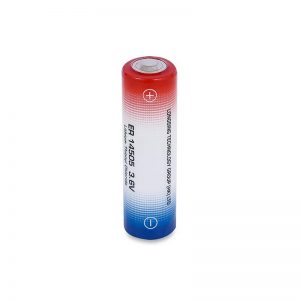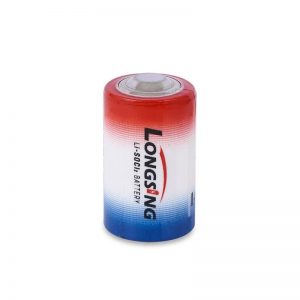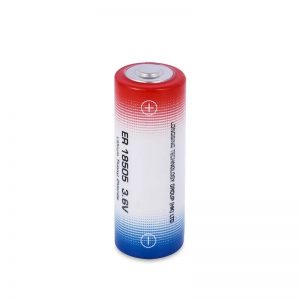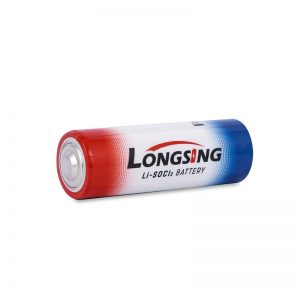What is a high temperature battery?
A high temperature battery is an electrochemical energy storage device designed to operate safely and reliably at elevated ambient or internal temperatures beyond the limits of typical commercial cells. These batteries are engineered with specialized electrolytes, separators, electrodes, and packaging to tolerate continuous operation at higher temperatures (e.g., 80–150°C or more in some primary chemistries).
Common types and temperature tolerance
Different chemistries and pack designs deliver varying temperature performance. The table below summarizes typical ranges and trade-offs.
| Type / Chemistry | Typical Continuous Range | Advantages | Challenges |
|---|---|---|---|
| High-temp Li-ion (NCM/NCA variants) | ~60–80°C (specialized designs up to ~100°C) | High energy density, rechargeable | Accelerated aging, electrolyte breakdown, safety risk at very high T |
| LiFePO₄ (LFP) high-temp packs | 0–60°C typical; engineered packs tested to 100°C+ | Thermal stability, long cycle life, safer chemistry | Lower energy density; material stress at extreme T |
| Polymer / solid polymer Li-ion | –20°C up to ~70–90°C (some test extremes higher) | Flexible form factor, improved safety vs. liquid electrolytes | Polymer stability and conductivity degrade at high T |
| Primary Li-SOCl₂ / Li-SO₂Cl₂ | Often rated to ~150°C for primary (non-rechargeable) | Very high energy density, long shelf life, robust in harsh environments | Not rechargeable; specific handling and safety concerns |
| Experimental / advanced high-T chemistries | >150°C (research/industrial) | Potential for extreme-environment operation | Cost, lifecycle, and manufacturability barriers |
Products by Category
Contact us for High Temperature Battery
Key design considerations
- Electrolyte stability: choose solvents and additives with low volatility and high decomposition temperature.
- Separator robustness: ceramic-coated separators or high-melting polymers prevent shrinkage or shorts at high T.
- Thermally stable binders & electrodes: binders like PTFE or polyimide improve structural integrity under heat.
- Thermal management: embed heat spreaders, use conductive foams or integrate cooling paths for high-flux environments.
- BMS & sensing: thermistors/RTDs and a BMS configured for high-T behavior (derating, safe shutdown, cell balancing).
- Mechanical & enclosure design: allow for expansion, include pressure relief, and use high-temperature sealants.
Performance & degradation patterns
Temperature affects battery performance in two competing ways: ionic conductivity typically improves with temperature (reducing internal resistance), which can temporarily increase power output. However, side reactions and materials degradation accelerate—often exponentially—with temperature. Expect:
- Faster capacity fade and growth in internal resistance.
- Increased SEI (solid electrolyte interphase) growth and electrolyte decomposition.
- Higher risk of gas generation and in extreme cases thermal runaway for unsuitable chemistries.
Applications that demand high temperature batteries
High temperature batteries are essential where ambient temperatures or local thermal loads exceed standard battery ratings:
- Oil & gas downhole tools (subsurface conditions often >100°C).
- Geothermal and well logging equipment.
- Aerospace and propulsion systems with high local heat flux.
- Industrial sensors located near furnaces, kilns, or steelmaking plants.
- Automotive under-hood electronics requiring survival in hot engine bays.
- Remote telemetry and IoT devices in deserts or geothermal fields (often using primary chemistries for reliability).
Best practices for selection and deployment
- Specify batteries with ratings above your maximum expected ambient plus a safety margin.
- Derate charge/discharge current in hot operating conditions to slow degradation.
- Integrate thermal sensors and BMS rules that reduce or cut power at preset thresholds.
- Perform real-world thermal cycling and soak tests that match your duty cycle and environment.
- Prefer redundancy and fail-safe design for mission-critical deployments (parallel packs, hot-swap, or watchdog systems).
- Partner with experienced suppliers for custom high-T packs and certification testing.
Quick technical snippet
/* Example BMS logic for high temperature operation (concept)
if (temp >= T_shutdown) {
prevent charging;
reduce discharge current to safe_limit;
alert operator / telemetry;
}
else if (temp >= T_derate) {
reduce max_charge_current by derate_factor;
reduce max_discharge_current by derate_factor;
}
else {
operate at normal limits;
}
Conclusion
Choosing a high temperature battery requires balancing chemistry, packaging, and system-level protections. While certain primary chemistries (e.g., Li-SOCl₂) offer excellent high-T tolerance for single-use deployments, engineered rechargeable packs (modified Li-ion/LFP/polymer designs) can deliver rechargeable solutions up to moderate elevated temperatures when combined with appropriate BMS and thermal design. Prioritize safety, derating strategies, and supplier testing to ensure predictable performance in extreme environments.
